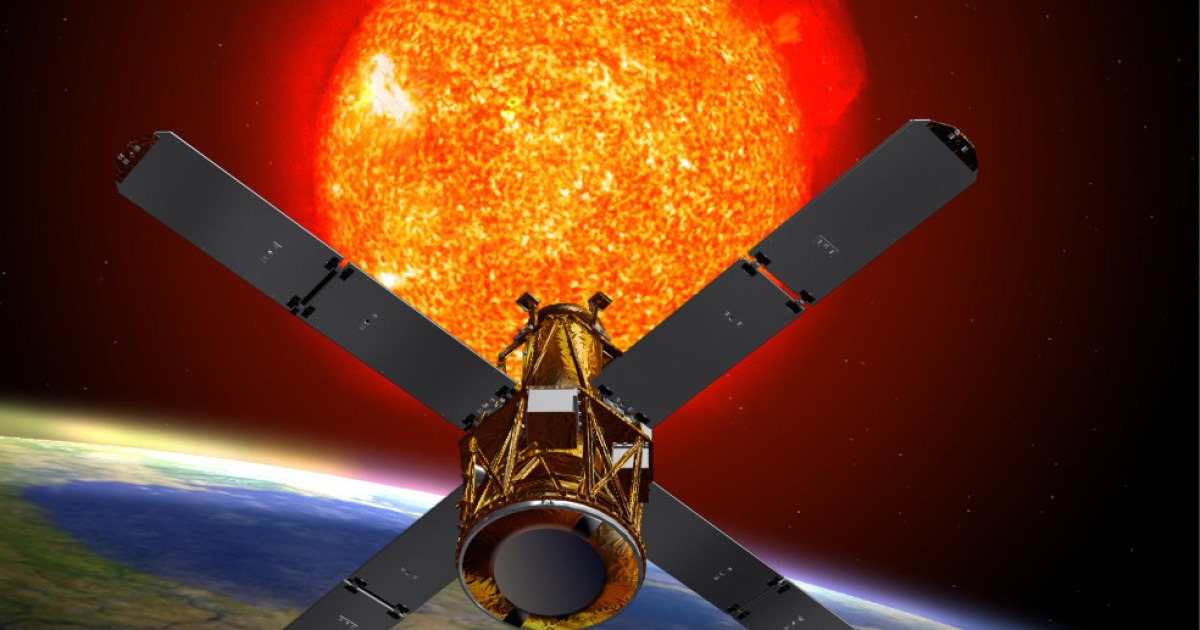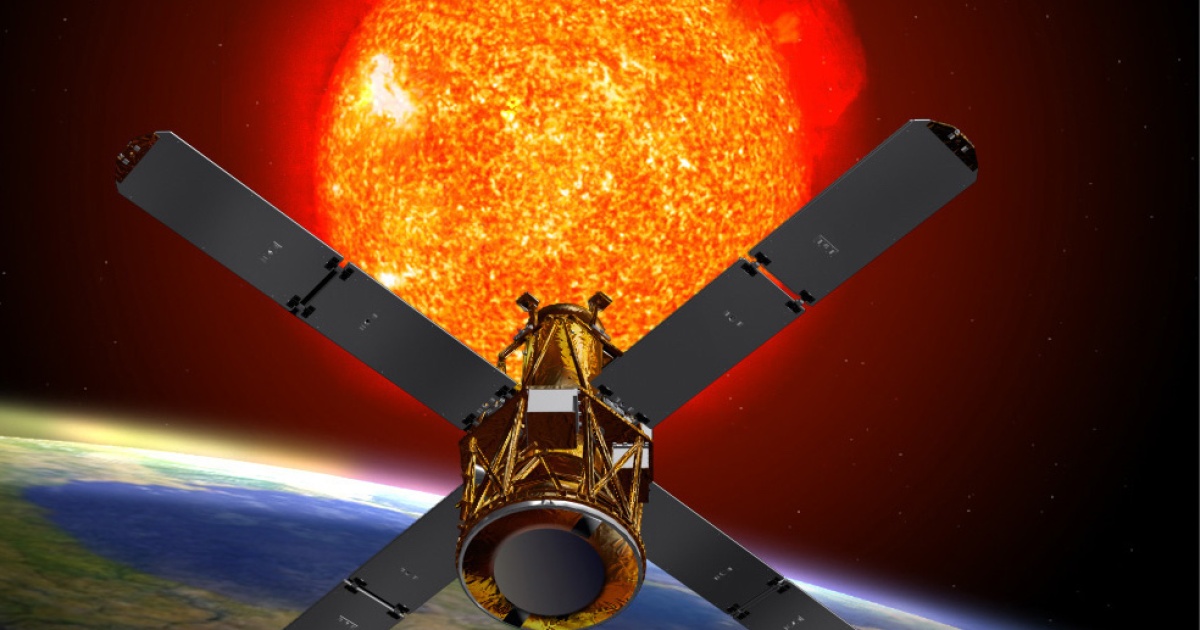
A retired NASA spacecraft will reenter Earth’s atmosphere on Wednesday, with some parts of the vehicle expected to crash to the planet’s surface.
While most of the Reuven Ramaty High Energy Solar Spectroscopic Imager (RHESSI) spacecraft is expected to burn up as it enters the atmosphere at high speed, some parts of the 660-pound (300-kilogram) machine are likely to survive the descent.
The good news is that NASA says that the risk of harm coming to folks on terra firma is low at “approximately 1 in 2,467.” Still, for anyone wishing to don a hard hat just in case, RHESSI is expected to reenter the atmosphere at about 9:30 p.m. ET on Wednesday, April 19, though the forecast comes with an uncertainty of plus/minus 16 hours.
NASA and the Defense Department will continue to monitor the spacecraft’s movements and will update their predictions — hopefully with a landing zone — when new data becomes available.
RHESSI entered service in 2002 and, until its retirement in 2018, it observed solar flares and coronal mass ejections from its low-Earth orbit. Its work enabled scientists to learn more about the underlying physics of how these powerful bursts of energy occur.
The spacecraft’s activities included imaging the high-energy electrons that carry a large part of the energy released in solar flares. Using its imaging spectrometer, RHESSI became the first-ever mission to record gamma-ray images and high-energy X-ray images of solar flares.
Gathered data revealed the remarkable variation in the size of the flares , which can range from tiny nanoflares to massive superflares tens of thousands of times bigger.
“Data from RHESSI provided vital clues about solar flares and their associated coronal mass ejections,” NASA said. “These events release the energy equivalent of billions of megatons of TNT into the solar atmosphere within minutes and can have effects on Earth, including the disruption of electrical systems. Understanding them has proven challenging.”
The mission also helped to improve measurements of the sun’s shape, and demonstrated that terrestrial gamma ray flashes — described by NASA as “bursts of gamma rays emitted from high in Earth’s atmosphere” and which occur above some thunderstorms — happen more frequently than first thought.
NASA said it retired RHESSI in 2018 after maintaining communications with it became difficult. After retaining its low-Earth orbit for the last five years, the spacecraft is about to meet a fiery end.
Editors’ Recommendations
Services Marketplace – Listings, Bookings & Reviews
